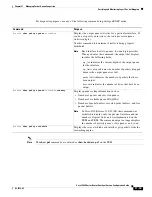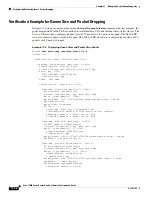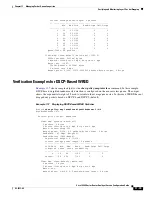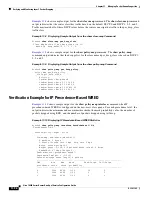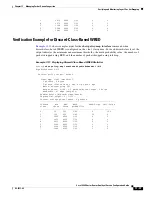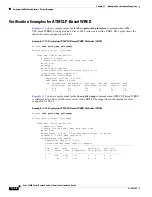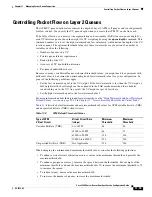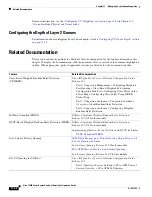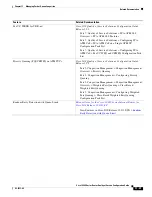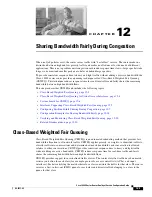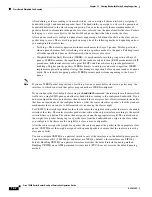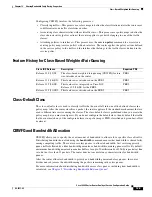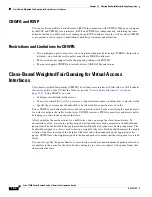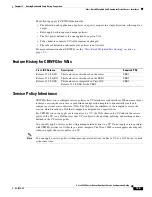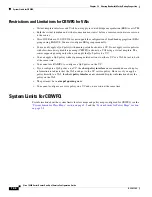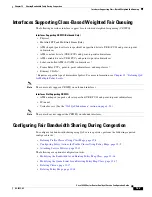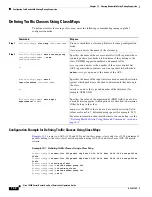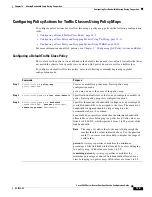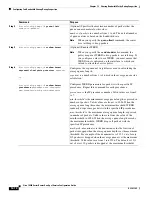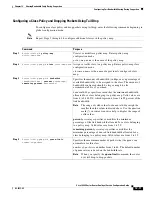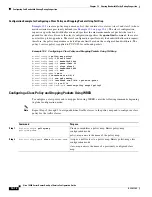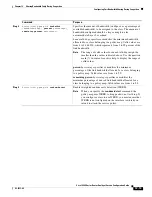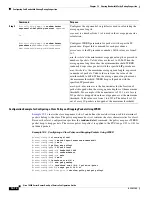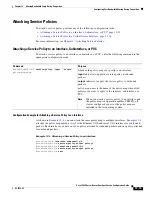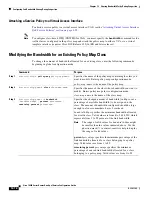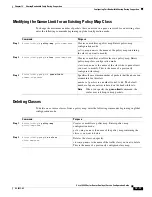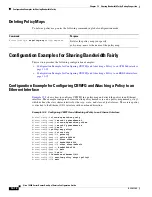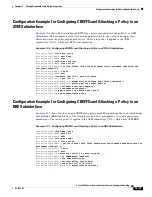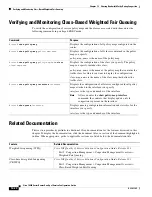
12-5
Cisco 10000 Series Router Quality of Service Configuration Guide
OL-7433-09
Chapter 12 Sharing Bandwidth Fairly During Congestion
Class-Based Weighted Fair Queuing for Virtual Access Interfaces
The following apply to CBWFQ functionality:
•
The definition and application of policies in a policy map are in a single direction, either input or
output.
•
Rules apply both to input and output policies.
•
The first policy defined is the one applied for a given VAI.
•
Policy behavior of native VC traffic remains unchanged.
•
The order of definition and removal of policies is not stateful.
For more information about CBWFQ, see the
“Class-Based Weighted Fair Queuing” section on
page 12-1
.
Feature History for CBWFQ for VAIs
Service Policy Inheritance
CBWFQ allows you to configure service policies on VC interfaces or subinterfaces. When a remote user
initiates a session, the router uses a predefined configuration template to dynamically create and
configure a virtual access interface (VAI). The VAI uses the attributes of the template to create the
session, which results in a VAI that is uniquely configured for a specific user.
For CBWFQ, when you apply a service policy to a VC, the VAIs that use that VC inherit the service
policy of the VC. Any VAI that uses that VC is subject to the queuing, policing, and marking actions
defined in the VC service policy.
You can only apply a service policy with queuing-related actions to a VC. Do not apply service policies
with CBWFQ actions to a VAI using a virtual template. The Cisco 10000 router supports queuing only
when you apply the service policy to a VC.
Note
You can apply a service policy without queuing-related actions to either a VC or a VAI, but not to both
at the same time.
Cisco IOS Release
Description
Required PRE
Release 12.0(25)SX
This feature was introduced on the router.
PRE1
Release 12.2(16)BX
This feature was introduced on the PRE2.
PRE2
Release 12.2(28)SB
This feature was integrated in Cisco IOS
Release 12.2(28)SB for the PRE2.
PRE2

